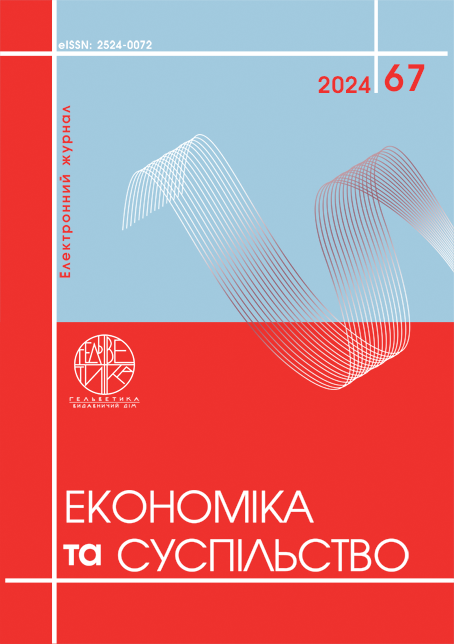МЕТОДИКА SCRUM: ВПЛИВ НА КУЛЬТУРУ ТА ПРОДУКТИВНІСТЬ ІТ-КОМАНД
Анотація
У статті досліджується вплив методики Scrum на культуру та продуктивність ІТ-команд у контексті сучасних викликів у сфері інформаційних технологій. Акцентується на тому, що, незважаючи на зростаючу популярність Scrum, його впровадження може призводити до негативних наслідків, таких як вигорання працівників і зайве ускладнення робочих процесів. Проаналізовано актуальні дослідження, які підтверджують як позитивний, так і негативний вплив Scrum на продуктивність команд. Однак наголошується на важливості вивчення довгострокових наслідків використання цієї методики. Стаття також виявляє невирішені аспекти, такі як вплив постійного зворотного зв'язку на робочу культуру, та формулює мету дослідження: вивчення викликів впровадження Scrum і розробка рекомендацій для оптимізації процесу. Результати дослідження можуть сприяти глибшому розумінню теорії гнучкого управління та поліпшенню практик в ІТ-індустрії.
Посилання
Стан Agile. URL: https://stateofagile.com/
17-й звіт про стан Agile. URL: https://info.digital.ai/rs/981-LQX-968/images/RE-SA-17th-Annual-State-Of-Agile-Report.pdf?version=0
Сінгер Р. Shape Up, Перестаньте бігати по колу та почніть працювати над тим, що має значення. Basecamp. URL: https://basecamp.com/shapeup
Сазерленд Дж., Швабер К. Scrum GuideTM. URL: https://scrumguides.org/scrum-guide.html
State of Agile. URL: https://stateofagile.com/
The 17th State of Agile is Report. URL: https://info.digital.ai/rs/981-LQX-968/images/RE-SA-17th-Annual-State-Of-Agile-Report.pdf?version=0
Singer R. Stop Running in Circles and Ship Work that Matters. URL: https://basecamp.com/shapeup
Sutherland J., Schwaber K. Scrum GuideTM. URL: https://scrumguides.org/scrum-guide.html
Авторське право (c) 2024 Сергій Чабан, Світлана Король

Ця робота ліцензується відповідно до Creative Commons Attribution 4.0 International License.


